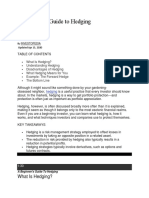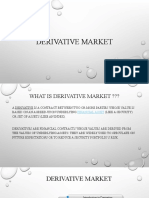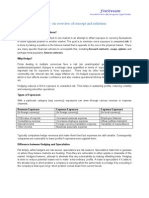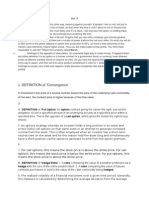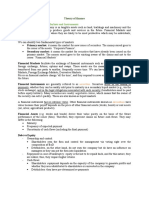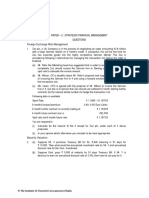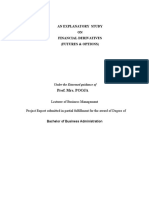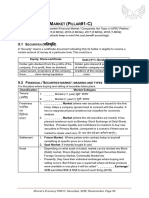0% found this document useful (0 votes)
56 views14 pagesHedging Explained!
Hedging is a risk management strategy that helps offset potential losses from price fluctuations in investments, similar to buying insurance. It utilizes financial instruments like futures, options, and swaps to protect against market volatility, preserve profits, and manage foreign exchange risks. The decision to hedge depends on individual risk tolerance and investment goals, with larger institutional investors typically employing this strategy more frequently.
Uploaded by
AhmadHegazyCopyright
© © All Rights Reserved
We take content rights seriously. If you suspect this is your content, claim it here.
Available Formats
Download as PDF, TXT or read online on Scribd
0% found this document useful (0 votes)
56 views14 pagesHedging Explained!
Hedging is a risk management strategy that helps offset potential losses from price fluctuations in investments, similar to buying insurance. It utilizes financial instruments like futures, options, and swaps to protect against market volatility, preserve profits, and manage foreign exchange risks. The decision to hedge depends on individual risk tolerance and investment goals, with larger institutional investors typically employing this strategy more frequently.
Uploaded by
AhmadHegazyCopyright
© © All Rights Reserved
We take content rights seriously. If you suspect this is your content, claim it here.
Available Formats
Download as PDF, TXT or read online on Scribd
/ 14












